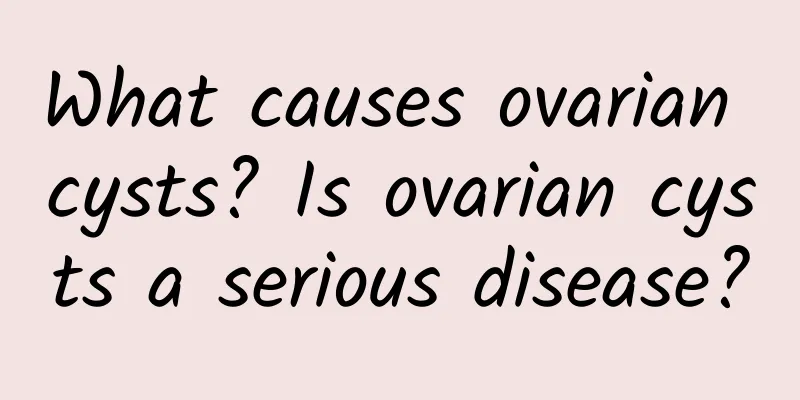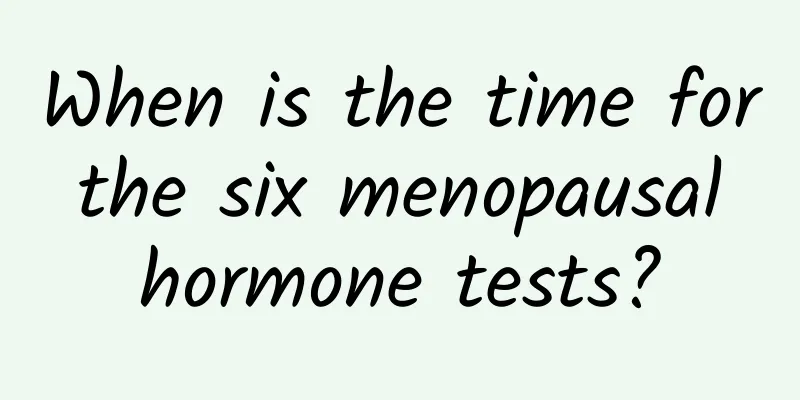What causes ovarian cysts? Is ovarian cysts a serious disease?

|
Ovarian cysts are fluid-filled sacs in the ovaries. They are generally asymptomatic, but patients may occasionally experience bloating, lower abdominal pain, or lower back pain. In rare cases, when a cyst ruptures or is combined with ovarian torsion, there may be severe abdominal pain, vomiting, or even near-fainting, but the vast majority of ovarian cysts are harmless.[1] Most ovarian cysts are functional cysts, including follicular cysts or corpus luteum cysts. In addition to functional cysts, endometriosis, dermoid cysts (a type of ovarian teratoma), and cystadenomas may also be causes of ovarian cysts. Many small cysts can be seen on both ovaries of patients with polycystic ovary syndrome, and cysts may also be left behind after pelvic inflammatory disease. Ovarian cancer can sometimes manifest as cysts, but this is quite rare. The diagnosis of ovarian cysts requires a pelvic examination with ultrasound, or other examinations to obtain detailed information that can help with the diagnosis.[1] Most ovarian cysts only require regular follow-up, but if an ovarian cyst causes pain, taking acetaminophen or ibuprofen may relieve symptoms. If ovarian cysts recur, taking birth control pills containing female hormones can prevent recurrences [1], but current evidence does not support the use of birth control pills to treat existing cysts [2]. If an ovarian cyst does not disappear after several months of observation or even becomes larger or abnormal in appearance, surgical removal may be an option. Surgery may also be an option if an ovarian cyst causes severe pain. It is normal for the ovaries of women of childbearing age to produce small cysts every month, but about 8% of women will experience larger cysts that cause discomfort before menopause. 16% of women will develop ovarian cysts after menopause. Compared with ovarian cysts before menopause, ovarian cysts that appear after menopause are more likely to be cancerous. I. Symptoms 1. Early symptoms Typical symptoms: no obvious clinical manifestations, lower abdominal discomfort, menstrual disorders, etc. Ovarian cysts have no obvious clinical manifestations in the early stages, and patients often seek medical treatment for other diseases, and are only discovered during gynecological examinations. Later, as the tumor grows, the patient will feel something. The symptoms and signs vary depending on the nature, size, development, and presence or absence of secondary degeneration or complications of the tumor. The initial symptom before the patient touches the lower abdominal mass is discomfort in the lower abdomen, which manifests as distension and a feeling of falling in the lower abdomen or iliac fossa. Pressing the abdomen reveals a mass in the abdomen, abdominal pain, and menstrual disorders. If the cyst is twisted, there will be severe abdominal pain, dyspnea, decreased appetite, nausea, and fever. Larger cysts will cause compression near the bladder, causing frequent urination and dysuria. 2. Abdominal masses If there are no complications or malignant changes, the biggest feature of abdominal masses below medium size is mobility, which can often move from the pelvic cavity to the abdominal cavity. The mass is generally not tender, but if there are complications or malignant changes, not only will the mass itself be tender, but there may even be symptoms of peritoneal irritation. 3. Ascites sign The presence of ascites is often a feature of malignant tumors, but benign cysts such as ovarian fibroma and papillary cystadenoma can also produce ascites. 4. Endocrine symptoms such as hirsutism, hoarse voice, clitoral hypertrophy, etc. are masculinization cysts. 5. Cachexia is characterized by extremely distended abdomen, significant weight loss, painful facial expression and severe exhaustion. II. Different types of cysts (1) According to the speed of tumor growth, size, characteristics, side, activity, and the presence or absence of complications, they can be divided into 1. Ovarian mucinous tumors: although the tumor is large, there are no obvious symptoms, cystic and slightly full, and slightly irregular in shape. 2. Ovarian fibroma: as big as a fist, solid, with a nodular feel on the surface, floating in the ascites, and with pleural effusion on one side. 3. Cystic teratoma: the same size, solid and relatively soft, bilateral growth, and no menstrual influence. 4. Benign tumor malignant transformation: If the above conditions suddenly grow rapidly, and part of the tumor becomes hard (cancerous) or soft (necrosis, bleeding), and changes from being movable to fixed. 5. Primary malignant ovarian tumor: It is solid at the beginning, grows bilaterally, develops rapidly, and is accompanied by ascites, even edema of one lower limb, malnutrition, and adenocarcinoma is the most common. 6. Gastrointestinal metastatic tumor: Gastrointestinal symptoms occur first, and then bilateral ovarian solid tumors are found. (2) According to the nature and location of the cyst, it can be divided into ⒈ Non-neoplastic ovarian cysts: also called functional cysts, ovarian tumor-like lesions: This is the most common cyst. Pregnancy lutein tumor, ovarian stromal hyperplasia, theca cell hyperplasia, severe ovarian edema, single, multiple follicular cysts, corpus luteum cysts, multiple luteinized follicular cysts, multiple corpora lutea, etc., among which follicular cysts and corpus luteum cysts are the most common. It occurs in women of childbearing age during the ovulation cycle, unilateral, thin-walled, and with a diameter of more than 10 mm. |
>>: What causes endometrial polyps? What is the best way to treat endometrial polyps?
Recommend
Pay attention to preventing cervicitis during sex in spring
MicrosoftInternetExplorer402DocumentNotSpecified7....
Experts introduce common signs of ectopic pregnancy
There are some signs before an ectopic pregnancy ...
What is the impact of cervical hypertrophy on sexual life? What are the ways to prevent cervical hypertrophy?
Clinically, if cervical hypertrophy is not well p...
Losing weight is not just about weight. Exercise at home to reduce body fat
Are you still obsessed with the numbers on the sc...
Several very effective preventive measures for ovarian cysts
In order to reduce the incidence of ovarian cysts...
What is the pain of pelvic inflammatory disease?
Pelvic inflammatory disease is a gynecological di...
Common treatments for irregular menstruation
The most common symptom of a woman's physiolo...
Will pelvic peritonitis heal on its own?
Pelvic peritonitis is an inflammatory disease of ...
What are the dangers of hyperprolactinemia during pregnancy?
What are the hazards of hyperprolactinemia during...
The impact of estrogen on perimenopausal women's health
The recent impact of estrogen on women's heal...
Related complications and treatment after abortion
Artificial abortion, also known as artificial abo...
Experts warn: Excessive dieting may cause menstrual irregularities
Dieting is a weight loss method chosen by many fe...
Look here! 10 foods you can eat more of without getting fat
Do you record the calories you eat every day beca...
What are the obvious manifestations of early symptoms of uterine fibroids
Uterine fibroids are the most common gynecologica...
Some experience with pregnancy with hyperprolactinemia
High prolactin is also called hyperprolactinemia,...









